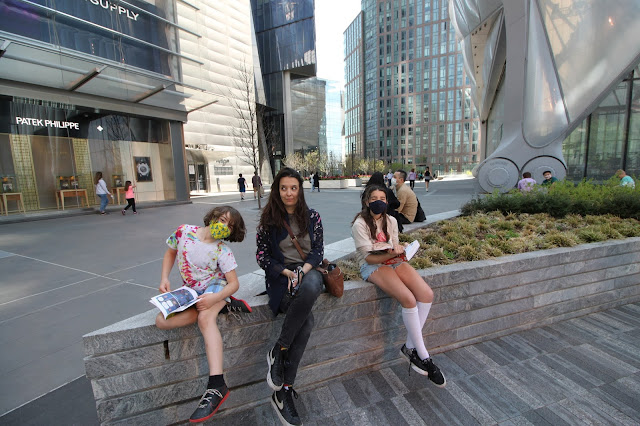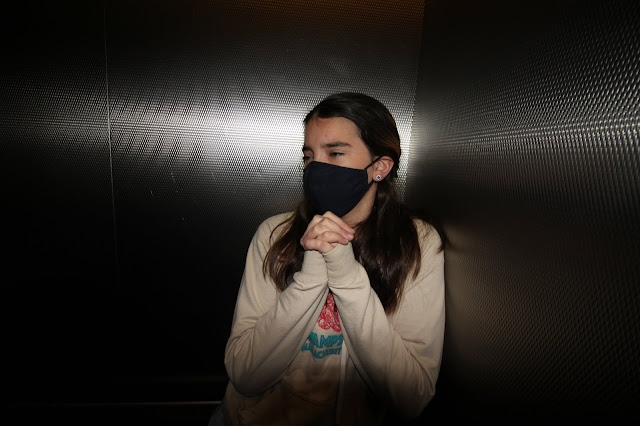A framed print of “The Cradle” 1872, by French Impressionist painter Berthe Morisot hung in one of the three halls of the elementary school I attended.
The school was a small, K-12 school. We had 900 students in total; the halls and classrooms became extremely familiar as we advanced grades. Over the years I attended, I walked, waited, or ran by this image countless times. Collectively, I probably spent hours, maybe days, looking at this painting, just because it was there in my vicinity, to see.
The subject matter, a mother looking at her baby, is the artist’s sister and niece. (Domesticity was a subject of female artists because gender restricted access to more traditional subjects and locations.) I love the treatment of the transparent fabric, the clarity of the mother in contrast, the limited color palette - nearly only black and white, with just a hint of pink - and the feeling in the young mother’s face.
What else was on those elementary school walls? Probably works us children made with construction paper, taped up temporarily on colorful bulletin boards. I’m sure there were words of encouragement in bubble letters, and newspaper articles pasted on doors. But in the decades since elementary school, this modest print is the image that resonates today.
There is value in having art on the wall. There was no description of technique, cultural context, or any discussion. It wasn’t made by any of us. It wasn’t contemporary. It’s not American. Simply by being on that wall, it was influential in its beauty; it was aspirational in its skill. I looked at it over the years and I could see more and more each time I walked that hall and caught a glimpse of the print.
Where would my eyes have gone all the moments they spent looking at that sweet image if it had not been there? The painted cinderblock? Instead, I was touched by the work of a woman who lived a century before me, in a foreign land, who spoke a language I don’t understand; But we shared a moment she found beautiful and meaningful enough to paint, and I could see that.
I believe that art by professional artists should be in schools, just as libraries are filled with books by published authors and not only student essays. Art is skill, drive, and contemplation. Art is beautifully influential, and meaningful to our human experience. We all should have access to art across all areas in our lives: in our homes, offices, and public spaces. I believe it matters because of how much works like this have affected me.
Since this period in my life, and as I developed as an artist, the theme of mother and child, of domesticity, of the “feminine domain” has been a constant inspiration, and I have been attracted to and influenced by other artists who capture and elevate these private moments of motherhood.
Sammia Atoui, From the Mother Nature Series, 2024
The artist and her family at the Museo D’Orsay where “The Cradle” resides.






















































